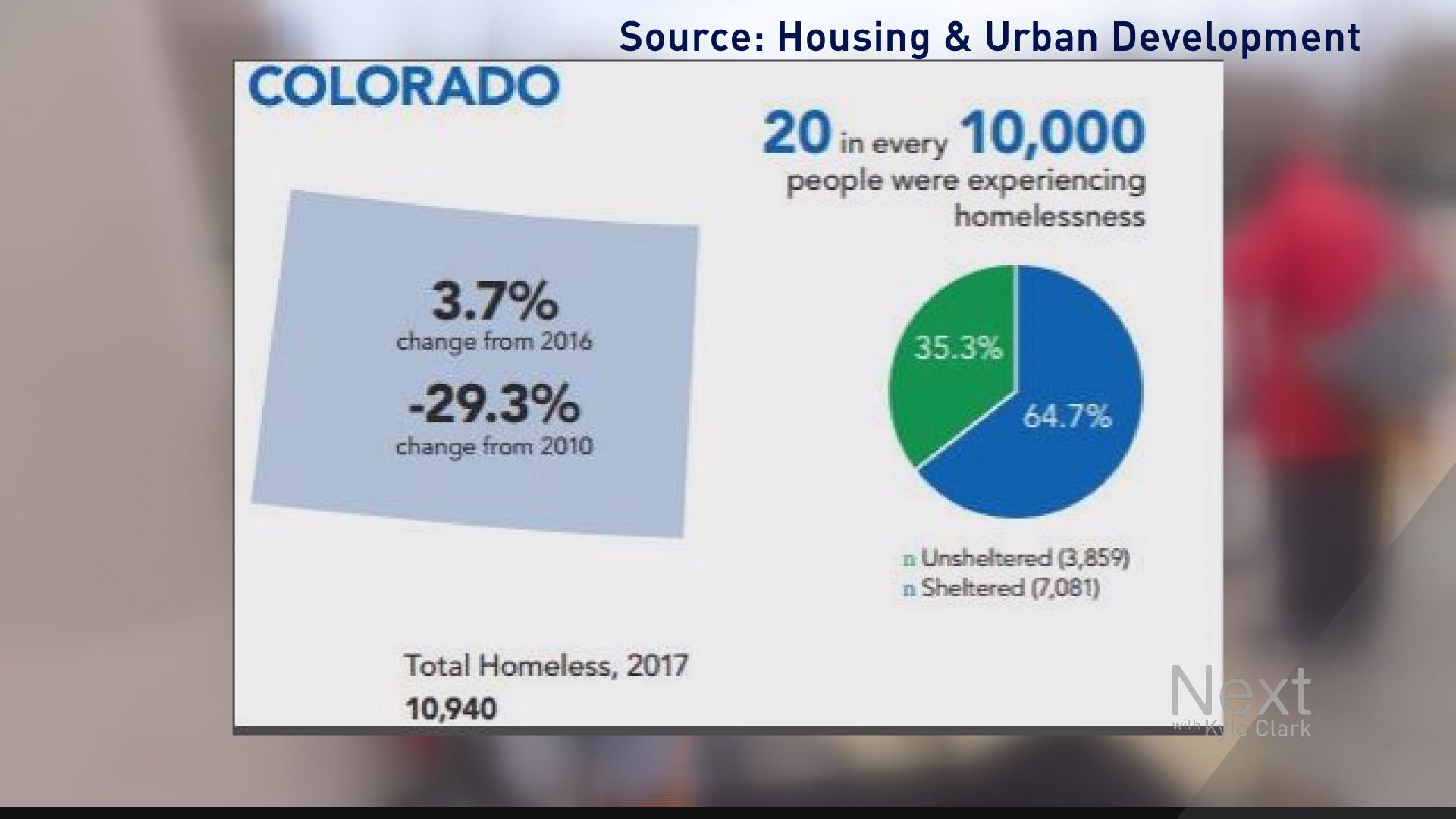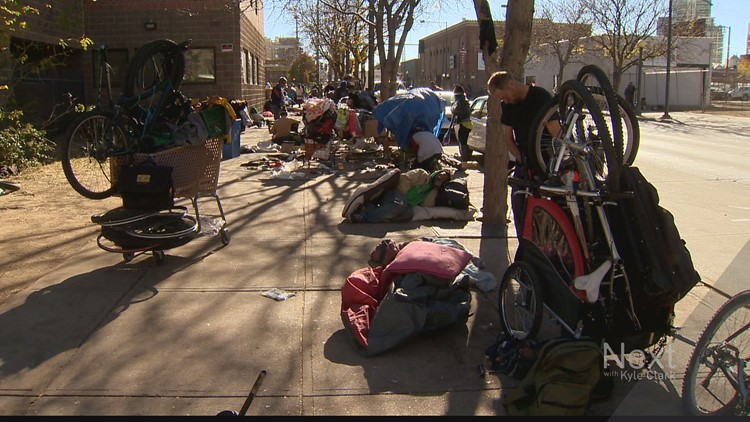The population of homelessness is increasing in Colorado – but a national report on homelessness released from the U.S. Department of Housing and Urban Development (HUD) Wednesday says that homelessness in Colorado is down – 29.3 percent – since 2010.

What the report did not say is that Colorado’s methods for reporting the number of homeless individuals has changed dramatically since 2010 – including one significant change in counting people in from 2012 and 2013.
“In 2013, the Balance of State Continuum of Care (BOS Coc) changed the methodology for counting unsheltered homeless individuals based on HUD direction and definition,” Denise Stepto, the director of communications for the Department of Local Affairs, which oversees the Colorado Division Of Housing, said in an email. “Prior to 2013, the unsheltered number was extrapolated based on the actual unsheltered homeless count in Pueblo.”
In Colorado, there are three statistical areas included in the annual “point-in-time” survey. These are the Denver metro-area, the Colorado Springs-metro and rural communities. The survey is conducted every year, on one day in January, where homeless people in shelters and on the streets are counted.
Prior to 2013, the count of homeless people in Pueblo was used to develop an estimate for the other rural communities.
Those projections were removed from the reports in 2013 – which was at least one important reason the population of homeless people dropped off dramatically that year.

“Once these projections were removed from the count in 2013, a significant drop in the unsheltered count in the BOS CoC was reflected in the HUD numbers, and the state numbers as a whole,” Stepto said in an email. “This didn't represent a change in the actual number of homeless persons, just a reduction in the number reported.”
There may have been other factors that lead to a real decrease in the number of homeless people living in Colorado, but the change in methodology is striking.
“That change is really more attributable to the way the survey was administered and the way that we actually count individuals versus there being less people actually experiencing homelessness," said Cathy Alderman, spokesperson for the Colorado Coalition for the Homeless.
The true homeless population is incredibly difficult to pin down. Some people live in their cars and do not use shelters, others move, and the very definition of “homelessness” has changed at the federal level multiple times since 2010.
“We know that the point-in-time survey is already an undercount of the number of people experiencing homelessness,” Alderman said.
That is almost certainly compounded by the fact that at least 12 counties in Colorado did not participate in the survey in 2016 and 2017, according to the Colorado Coalition for the Homeless.
“The biggest issue for me is that the numbers are biased or flawed because the methodology is flawed,” said Daniel Brisson, Executive Director of the Burnes Center on Poverty and Homelessness at the University of Denver.
Brisson said that it’s important to use the point-in-time survey – but it’s vital to recognize that methodology changes can have a critical impact.



